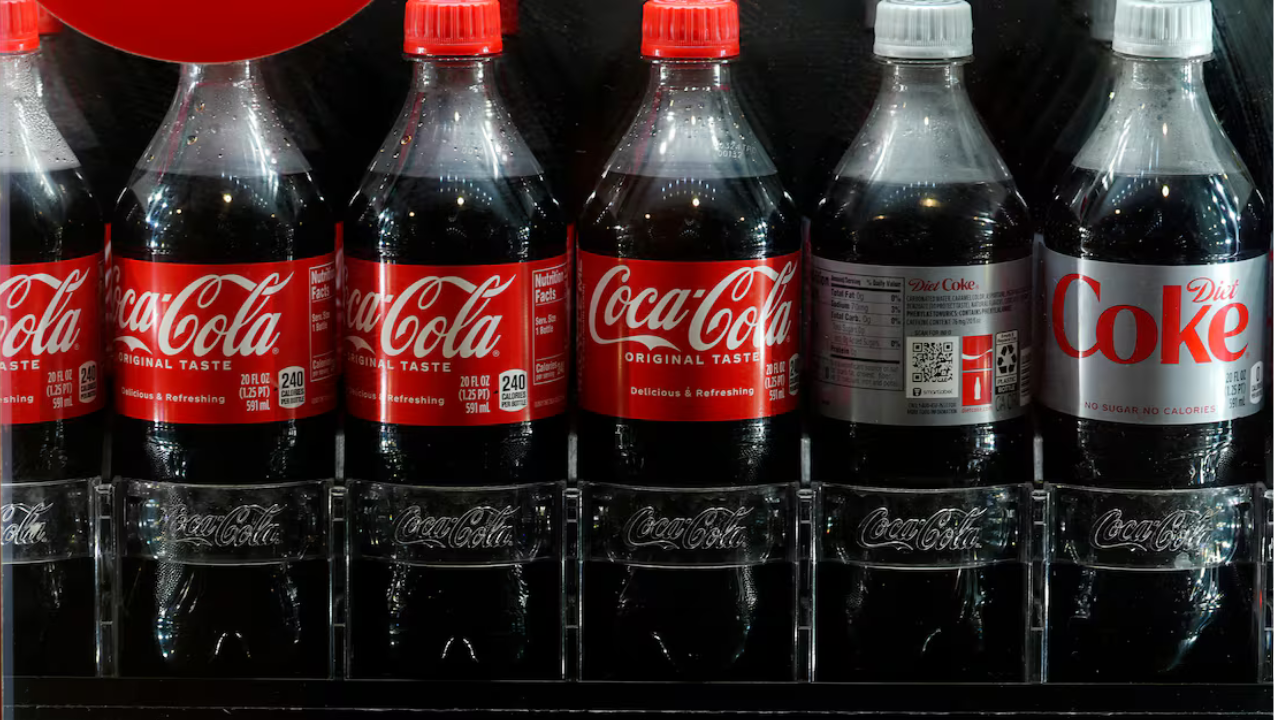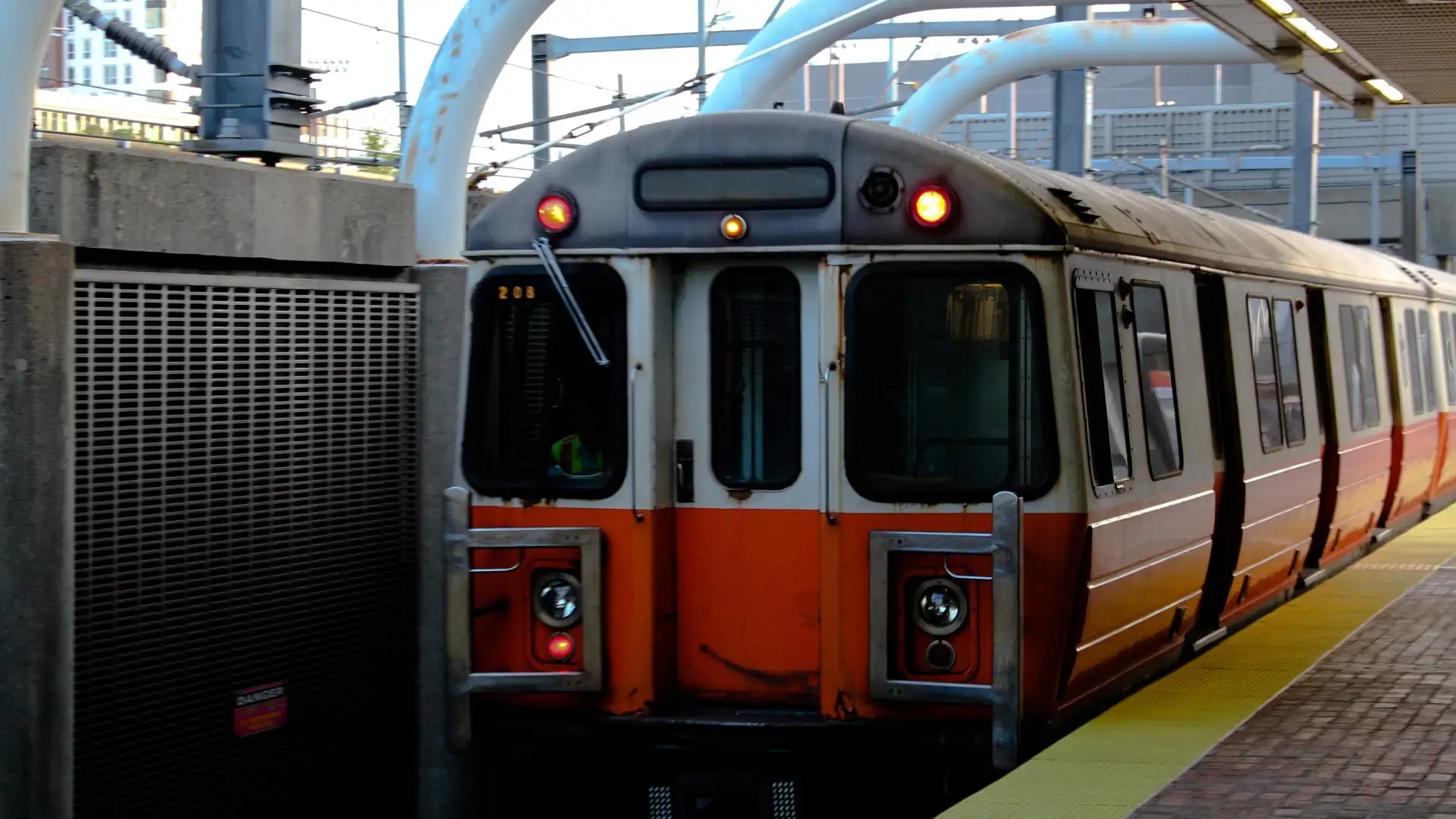
A truck in Japan was discovered inside a pipe weeks after it fell into a sinkhole.
A truck cabin that fell into a sinkhole in Yashio, Japan, two weeks ago has been found in a nearby sewer pipe. Drone images suggest a body is inside, but its identity remains unclear. The sinkhole, caused by a sewer rupture, has expanded to 40 meters in diameter. Search teams face challenges due to water flow and toxic gas, requiring a bypass pipe that could take three months to install. Authorities have evacuated residents and urged water conservation to prevent further collapses. The aging sewage system is blamed, with full repairs expected to take years.
A truck cabin that was swallowed by a sinkhole in Yashio, Japan, two weeks ago has now been found inside a nearby sewer pipe, according to local authorities. The discovery was made using drone images, which also suggest that there may be a human body inside the cabin. However, it remains unclear whether the body belongs to the truck’s missing 74-year-old driver.
Sinkhole Details and Expansion
The sinkhole originally formed at a road intersection in Yashio City, near Tokyo, and was initially 10 meters (33 feet) wide and 5 meters (16 feet) deep. However, over time, the sinkhole expanded dramatically, growing to 40 meters (131 feet) in diameter after merging with another nearby sinkhole.
Authorities believe the collapse was caused by a ruptured sewer pipeline, which led to soil erosion beneath the road. As the crater continues to widen, officials have evacuated nearby residents to prevent injuries from further collapses.
Search Efforts and Challenges
Rescue teams initially managed to retrieve the truck’s loading platform, but they could not access the cabin where the driver was last located. Shortly after the truck fell on January 28, the driver was still able to communicate with rescuers, but contact was lost as the vehicle became buried under soil and debris.
Authorities shifted their search efforts from the sinkhole to an underground sewer pipe, where part of a driver’s seat was discovered. The pipe is 5 meters (16 feet) wide, but continuous water flow and high levels of toxic hydrogen sulfide gas have made it impossible for rescuers to enter.
To safely reach the truck cabin, authorities plan to install a bypass pipe to redirect the water flow, but this process could take up to three months. Meanwhile, search operations have been repeatedly suspended due to safety risks, including further road collapses.
Impact on Residents and Infrastructure Issues
With the sinkhole growing, officials have asked 1.2 million residents in Saitama Prefecture to reduce their water usage, including limiting showers and laundry, to lessen the strain on underground pipes and prevent more damage.
The incident highlights a growing issue in Japanese cities: aging sewer infrastructure. Many urban areas have old, deteriorating underground pipelines, which increase the likelihood of sinkholes. Officials estimate that repairing the sewer rupture that caused this disaster could take two to three years.
Conclusion
The truck cabin has been found, but rescuers face major obstacles in retrieving it and confirming the driver’s fate. The dangerous conditions inside the sewer and the continuing expansion of the sinkhole pose long-term risks to residents and infrastructure. Authorities are working on a multi-step recovery plan, but the full resolution of this crisis could take years due to the complexity of underground repairs.
Advantages (AGS – Positive Takeaways & Learnings)
- Advanced Technology Use – The use of drones helped locate the missing truck cabin efficiently.
- Early Identification of Infrastructure Issues – The incident has highlighted the aging sewage system problem, prompting authorities to take preventive actions.
- Public Safety Measures – Authorities acted swiftly by evacuating residents and implementing water usage restrictions to prevent further damage.
Goals (AGS – What Needs to be Achieved?)
- Recover the Truck and Possible Victim – Safely retrieve the truck cabin from the sewer pipe while ensuring rescue team safety.
- Prevent Further Sinkhole Expansion – Implement structural reinforcements and redirect underground water flow to prevent additional collapses.
- Modernize Aging Infrastructure – Upgrade Japan’s aging sewer pipelines to reduce future sinkhole risks.
- Improve Emergency Response Plans – Develop faster and safer rescue strategies for sinkhole-related incidents.
Solutions (AGS – Possible Actions & Fixes)
- Bypass Pipe Installation – Temporarily redirect the sewer flow to allow safe recovery operations.
- Geotechnical Surveys & Reinforcements – Conduct soil stability tests and use reinforcement materials to stabilize roads prone to sinkholes.
- Public Awareness Campaigns – Educate residents about water conservation and signs of infrastructure failures to improve community preparedness.
- Government Infrastructure Upgrades – Invest in sewer pipeline replacement projects to prevent future collapses.
#JapanNews #BreakingNews #WorldNews #DisasterNews #InfrastructureNews #Sinkhole #JapanSinkhole #NaturalDisaster #UrbanCollapse #SearchAndRescue #DisasterResponse #EmergencyRescue #DroneSearch #AgingInfrastructure #SewerSystemFailure #UrbanPlanning #PublicSafety #WaterManagement


















